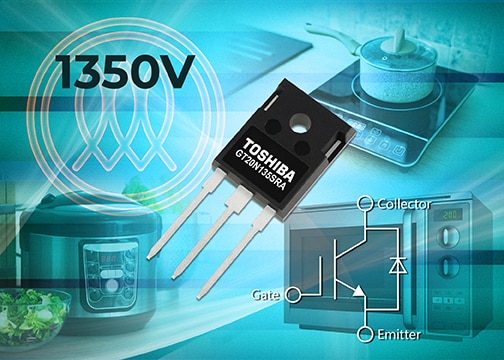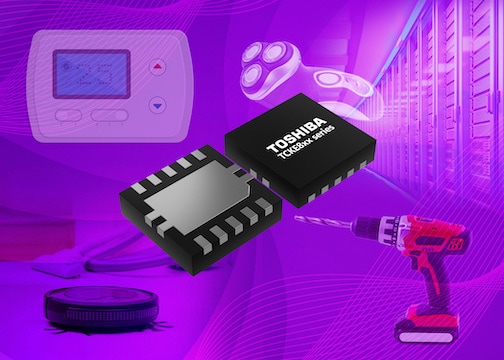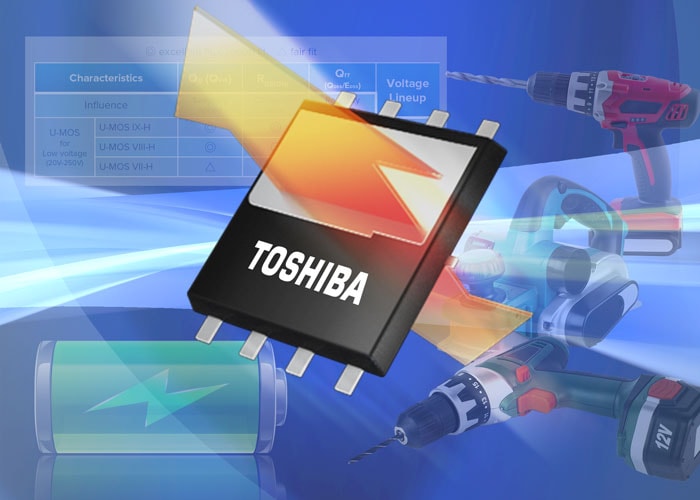- General Top
- SEMICONDUCTOR
- STORAGE
- COMPANY
-
My ToshibaSemicon
- Semiconductor Top
-
ApplicationsAutomotive
Body Electronics
xEV
In-Vehicle Infotainment
Advanced Driver-Assistance Systems (ADAS)
Chassis
IndustrialInfrastructure
BEMS/HEMS
Factory Automation
Commercial Equipment
Consumer/PersonalIoT Equipment
Healthcare
Wearable Device
Mobile
Computer Peripherals
-
ProductsAutomotive Devices
Discrete Semiconductor
Diodes
Transistors
Logic ICs
Analog Devices
Digital Devices
Wireless Devices
※
: Products list (parametric search)
Power SemiconductorsSiC Power Devices
※
: Products list (parametric search)
Isolators/Solid State RelaysPhotocouplers
Digital Isolators
Solid State Relays
Fiber Optic Transmitting Modules
※
: Products list (parametric search)
MOSFETsIGBTs/IEGTsBipolar Transistors※
: Products list (parametric search)
Diodes※
: Products list (parametric search)
MicrocontrollersMotor Driver ICsIntelligent Power ICs※
: Products list (parametric search)
Power Management ICsLinear ICs※
: Products list (parametric search)
General Purpose Logic ICsLinear Image SensorsOther Product ICsOther Product ICs
※
: Products list (parametric search)
-
Design & Development
Design & Development
Innovation Centre
At the Toshiba Innovation Centre we constantly strive to inspire you with our technologies and solutions. Discover how to place us at the heart of your innovations.
-
Knowledge
Knowledge
Highlighted Topics
Further Materials
Other
- Where To Buy
- Part Number & Keyword Search
- Cross Reference Search
- Parametric Search
- Stock Check & Purchase
This webpage doesn't work with Internet Explorer. Please use the latest version of Google Chrome, Microsoft Edge, Mozilla Firefox or Safari.
require 3 characters or more. Search for multiple part numbers fromhere.
The information presented in this cross reference is based on TOSHIBA's selection criteria and should be treated as a suggestion only. Please carefully review the latest versions of all relevant information on the TOSHIBA products, including without limitation data sheets and validate all operating parameters of the TOSHIBA products to ensure that the suggested TOSHIBA products are truly compatible with your design and application.Please note that this cross reference is based on TOSHIBA's estimate of compatibility with other manufacturers' products, based on other manufacturers' published data, at the time the data was collected.TOSHIBA is not responsible for any incorrect or incomplete information. Information is subject to change at any time without notice.
require 3 characters or more.
Maximising Induction Cooker Efficiency by Choosing Better Switching Components

Since it was brought in over 25 years ago, through EU Directive 92/75/EC, Europe’s colour-coded energy efficiency labelling scheme has helped people to become more energy conscious. It has been successful in providing a simple to understand, language-agnostic method via which the electricity consumption levels of purchased household appliances can be evaluated.
In contrast to conventional electric cookers, units based on induction heating are significantly more energy efficient. Because of this, plus increased levels of convenience and safety, they are becoming increasingly commonplace in both professional and domestic kitchens - with models being produced by nearly all the leading appliance brands. Such cookers feature induction coils. These are used to induce magnetic flux within any item of ferromagnetic cookware (usually made from iron or stainless steel) placed in close proximity to them. This initiates Joule heating, so that food can be cooked with the absolute minimum of energy wastage - as the heat is only generated across the area of the cooker surface that the cookware occupies.
Although induction cooking is intrinsically more energy efficient, it does call for more complex control circuitry than standard electric cookers - and this, in turn, contributes to the higher price tag of induction-based units. There are a variety of different circuit topologies that can be employed. Single-ended parallel resonance (SEPR) is the most popular, being the basis for a large number of induction cooker models. Admittedly, it is not the most efficient, but it has other attractions for cooker manufacturers who are generally always worried about their margins, as the bill of materials costs associated with this topology are comparatively low.
The SEPR topology consists of an IGBT switch connected to the induction coil and the resonant capacitor. Before deciding on an IGBT device to source for your induction cooker design, lengthy consideration should be given to which attributes will be of most importance. To combat the prospect of acute mains voltage fluctuations and the potential presence of large voltage transients, the forward voltage and forward-biased safe operating area (FBSOA) parameters will both need to be investigated thoroughly. The chosen IGBT should also be able to restrict junction temperature increases, so that the costs associated with thermal management are not too heavy.
Featuring a built-in freewheeling diode, the 1350V-rated GT20N135SRA IGBT device from Toshiba is regularly being specified for inclusion in the latest induction cooker designs. It has a more extensive FBSOA and exhibits considerably smaller conduction losses than conventional IGBTs, as well as better thermal resistance and short circuit suppression properties.
You can learn all about making induction cooker designs more efficient through advanced power switching technology by reading Toshiba’s latest IGBT white paper. It can be downloaded below:




